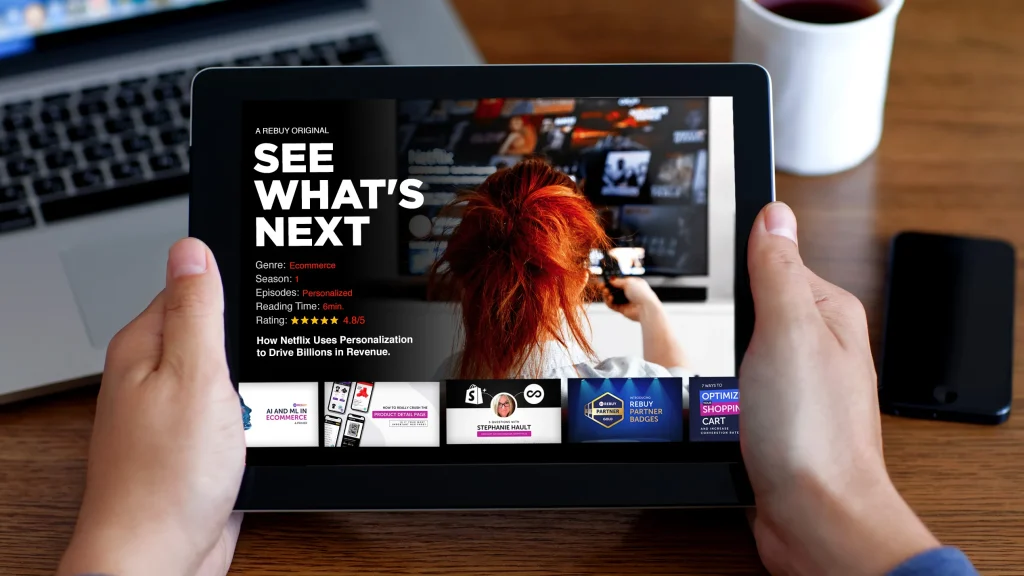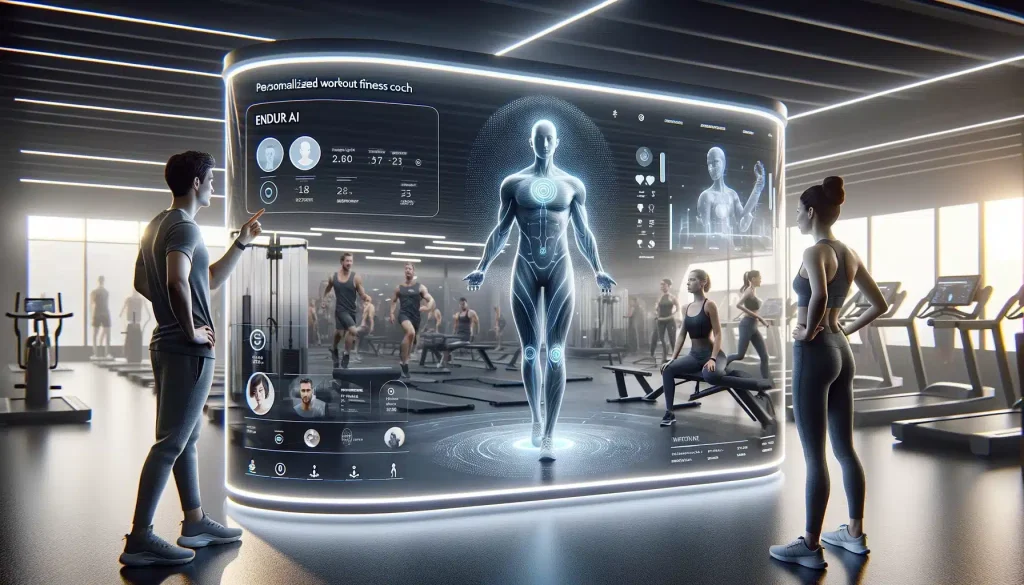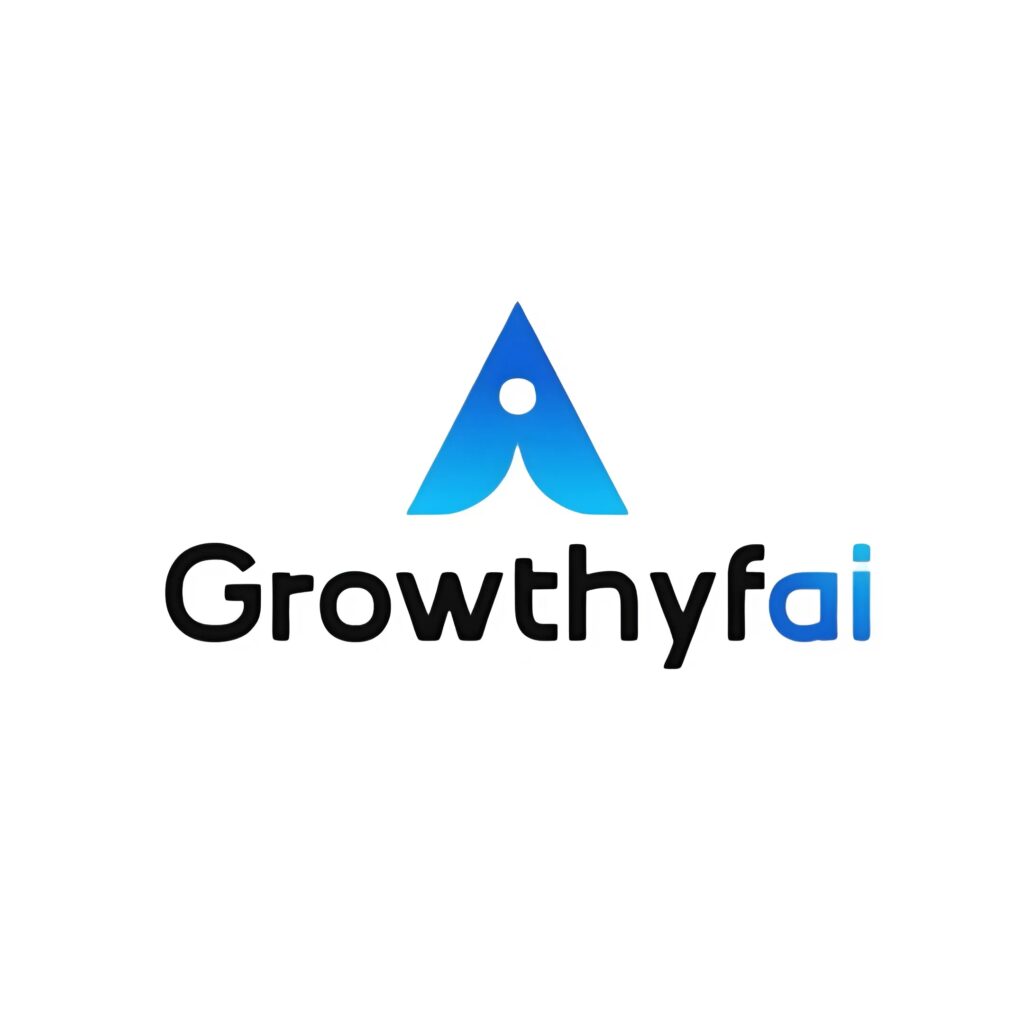AI-Driven Hyper-Personalization: Reshaping User Experience in 2024


In recent years, there’s been a seismic shift in how businesses understand and interact with their customers. At the heart of this transformation is AI-driven hyper-personalization, a trend that’s setting new standards for tailored customer experiences. As we step into 2024, it’s clear that this technology is not only here to stay but is poised to redefine digital lifestyles in profound ways.
The Evolution of Personalization
Traditionally, businesses approached personalization through segment-based strategies. Customers were grouped into broad categories based on demographics or purchase history. While effective, this approach often lacked the nuance needed to engage users on a truly personal level. Enter AI-driven hyper-personalization—a powerful advancement that leverages machine learning and data analytics to deliver bespoke experiences to individuals.
With AI at the helm, personalization is no longer about addressing a customer’s name in an email. It delves deeper, predicting user behavior, preferences, and needs based on a plethora of data points such as browsing history, interactions, and even real-time activities. This nuanced approach allows companies to engage with their customers in highly relevant and meaningful ways.
AI Technologies Enabling Hyper-Personalization
Several AI technologies are crucial in the hyper-personalization space. Machine learning algorithms analyze massive datasets to uncover patterns and predict user preferences. Natural Language Processing (NLP) helps businesses understand and anticipate customer inquiries, improving communications and content curation.
For instance, recommendation engines—ubiquitous in Netflix and Spotify—utilize AI to suggest content based on user preferences and behaviors. These systems adapt over time, becoming more intuitive and aligned with users’ changing tastes.
Moreover, AI chatbots are revolutionizing customer service, providing personalized support by remembering past interactions and using that information to deliver seamless, context-aware assistance. By reducing wait times and ensuring more accurate responses, AI chatbots enhance user satisfaction significantly.

Hyper-Personalization in Action
To understand the impact of AI-driven hyper-personalization, let’s explore some real-world applications that are reshaping user experiences across various sectors.
In the retail space, brands like Amazon are leading the charge with personalized shopping experiences. By analyzing user behavior and purchase history, Amazon offers curated product recommendations, personalized deals, and even anticipates user needs—resulting in higher engagement and conversion rates.
In the financial sector, banks employ AI to tailor financial advice and product offerings. By analyzing transaction histories and financial habits, banks can propose personalized savings plans or investment opportunities that align with individual goals, thus fostering stronger customer relationships.
Healthcare has also embraced hyper-personalization. With AI-driven insights into patient data, healthcare providers can offer personalized treatment plans, predict potential health issues, and tailor wellness programs to individual needs—all enhancing patient outcomes.
Benefits of Hyper-Personalization
The benefits of AI-driven hyper-personalization extend beyond the businesses to the customers themselves. For businesses, the targeted approach leads to higher engagement rates, increased customer loyalty, and improved sales. For customers, hyper-personalization means more relevant content, products, and interactions, which enhances satisfaction and reduces decision fatigue.
For instance, consider a scenario where a streaming service not only recommends shows based on past viewing patterns but also considers the time of day or day of the week to suggest content. This level of personalization ensures constant relevance and aligns with the user’s lifestyle patterns seamlessly.
Challenges and Ethical Considerations
However, the journey toward hyper-personalization is not without challenges. Privacy concerns loom large as the collection and analysis of personal data intensify. Consumers are more aware of their digital footprints and are increasingly cautious about how their data is used.
To address these concerns, transparency is key. Businesses must be clear about data collection practices, ensuring users are informed and have control over their information. Additionally, the implementation of robust cybersecurity measures is essential to protect sensitive data from breaches or misuse.
Ethically, companies must ensure that AI systems do not inadvertently perpetuate biases present in data sets. Fairness, accountability, and inclusivity should be cornerstones of AI implementation strategies to prevent reinforcing societal disparities.
Future Prospects and Conclusion
As we move further into 2024, the trajectory of AI-driven hyper-personalization holds immense promise. The integration of technologies such as augmented reality (AR) and the Internet of Things (IoT) will further enhance personalized experiences, offering users unprecedented control and interactivity.
Businesses that harness the power of AI-driven hyper-personalization stand to gain a competitive edge, not only by meeting but exceeding customer expectations. The future of digital lifestyles is one where interactions are intuitively aligned with individual desires, paving the way for a more connected, efficient, and personalized world.
In conclusion, AI-driven hyper-personalization is transforming how businesses and customers interact, setting a new benchmark for user experience. By leveraging the power of machine learning and data analytics, businesses can deliver tailored experiences that resonate deeply with their customers, ensuring lasting engagement and loyalty. As with any technological advancement, the key lies in balancing innovation with ethical practices, ensuring that the journey towards personalized experiences is both exciting and responsible.









